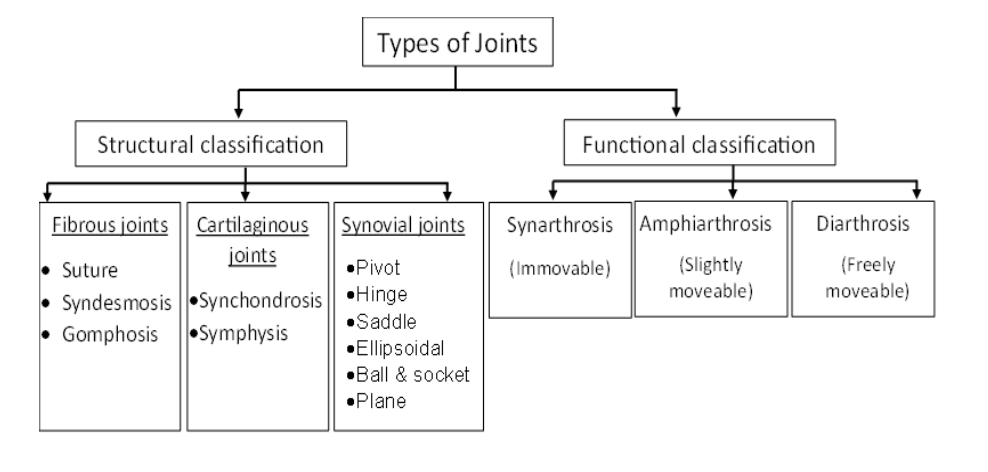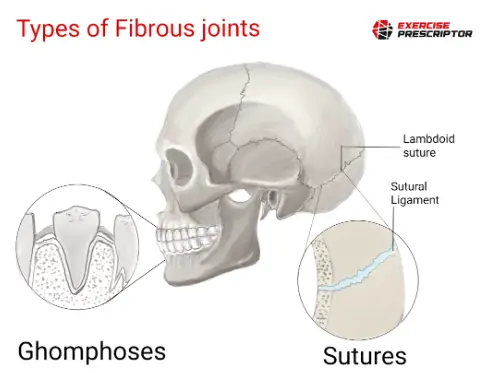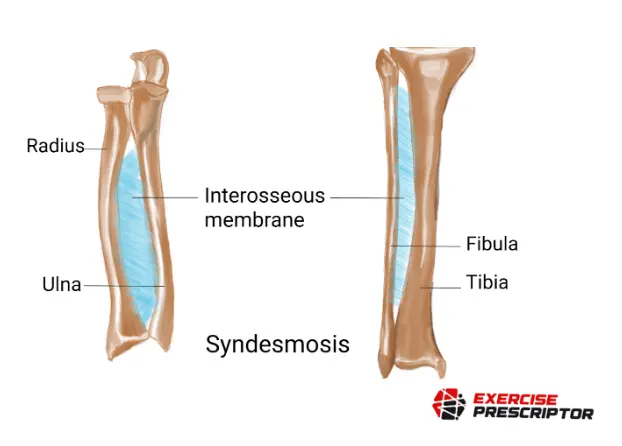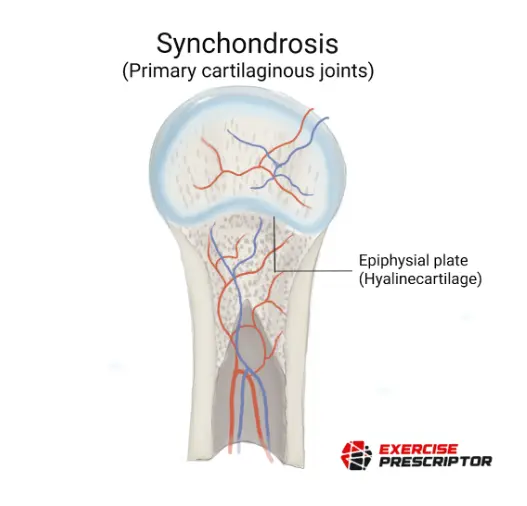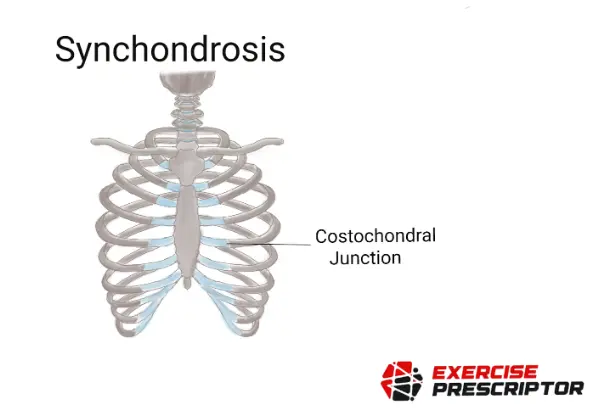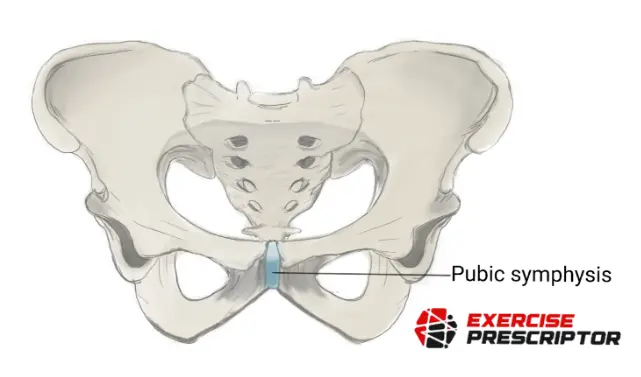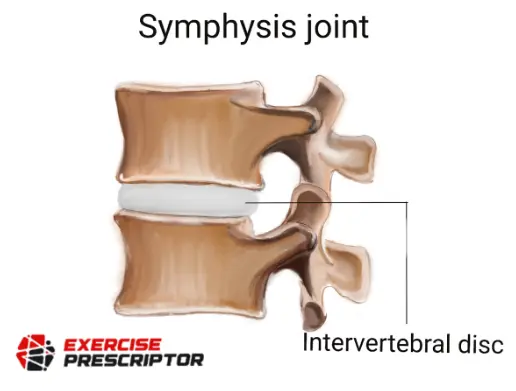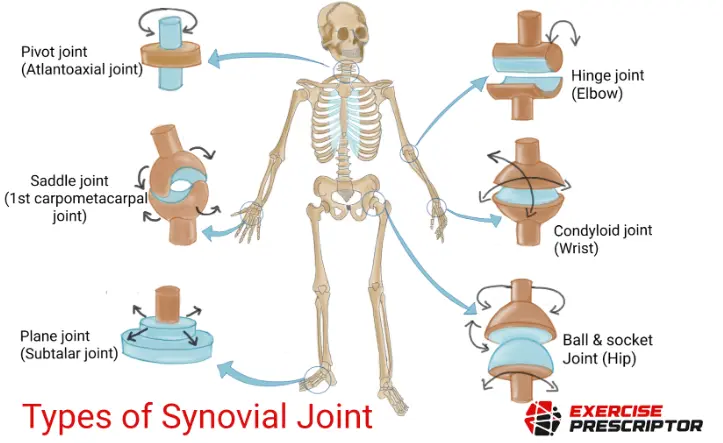How Do Joints Work?
Joints are formed by the bones. Muscles are attached to bones. When muscles contract, they pull the bones closer and produce movements at the joints. Ligaments prevent excessive movement, ensuring stability. Cartilage and synovial fluid reduce friction and prevent joint damage.
What are the roles of Synovial Fluid and Cartilage in Joint Movement?
The primary role of cartilage and synovial fluid is to protect the joint’s articular surface and ensure smooth movement.
Cartilage is a thick, flexible tissue found at the ends of bones where they connect and form joints. It provides a smooth, slippery surface and acts as a cushion and shock absorber.
Synovial fluid is a thick, viscous fluid found inside the synovial cavity. It is produced by the synovial membrane, which lines the inner surface of the joint capsule. It helps lubricate the joint, absorb and distribute the forces, providing oxygen and nutrients to the joint
What are the Importance of Ligaments and Tendons in Joint Stability?
Ligaments and tendons play a crucial role in maintaining joint stability. They vary in structure and properties, but both are essential for joint integrity.
Ligaments are tough, fibrous tissues connecting the bones and holding the joints in place, thereby providing static stability. They restrict excessive movements in joints, preventing them from moving beyond their normal range. They also serve as shock absorbers and distribute forces across the joints. Additionally, they have a role in proprioception, sending signals to the brain about the joint position.
Tendons are tough, elastic bands of connective tissue that connect muscles to bones, providing dynamic joint stability. They assist the muscles and stabilize the joints during movements by transmitting muscle forces, storing elastic energy, and releasing it efficiently to enhance movement.
Why do bones have joints?
Bones have joints to allow movement, provide support, and maintain structural integrity. Joints act as pivot points where bones connect, allowing various types of human motions.
Without joints, the bones would be rigid and unable to perform daily activities. Joints help distribute body weight and other forces efficiently, reducing stress due to the presence of specialized joint structures like cartilage and synovial fluid.
What are the common Joint-Related Conditions and Treatments?
There are several joint-related conditions affecting the bones and other structures surrounding the joint. Many of them present with pain, stiffness, and reduced mobility.
Some of the common joint-related conditions include,
- Dislocation and subluxations
- Osteoarthritis
- Rheumatoid arthritis
- Gout
- Bursitis
- Tendinopathy
- Ligament injuries
- Cartilage injuries
- Adhesive capsulitis
Dislocation and subluxations
These occur when a joint moves out of its normal position due to trauma, instability, or ligament weakness. Common symptoms include pain, visible deformity, and inability to move the joint.
Treatment:
- Joint relocation (by a medical professional)
- Immobilization with a sling or brace
- Physiotherapy (strengthening, stabilization exercises)
- Surgery (if the joint is very unstable and recurrent dislocations occur)
Osteoarthritis
It is inflammation and degeneration of joint cartilage, generally due to age-related wear and tear of cartilage over time. But so many other factors, like repetitive overuse, previous injury or surgery, obesity, inflammatory factors, and family history, can contribute to the development of osteoarthritis. Common symptoms include pain, stiffness, swelling, and reduced range of motion.
Treatment:
- Physiotherapy (strengthening, stretching, joint mobilization)
- Pain management (NSAIDs, corticosteroid injections)
- Assistive devices (braces, orthotics)
- Weight management
- Joint replacement surgery (for severe cases)
Rheumatoid arthritis:
It is an autoimmune inflammatory condition commonly affecting small joints. Usual symptoms include pain, joint swelling, and stiffness (often symmetrical).
Treatment:
- Disease-modifying anti-rheumatic drugs (DMARDs)
- Biologic therapies (targeted immune suppression)
- Physiotherapy (exercise, splints, education)
- Lifestyle changes (diet, stress management)
Gout:
It is an inflammatory arthritis caused by high uric acid levels, leading to crystal deposits in joints. Symptoms include sudden, severe pain (often in the big toe), redness, and swelling.
Treatment:
- Medications (colchicine, NSAIDs, urate-lowering drugs)
- Dietary changes (reduce purine-rich foods, alcohol)
- Hydration and weight management
- Physiotherapy (gentle range of motion exercises)
Bursitis
It is an Inflammation of the bursae (fluid-filled sacs around joints). It presents with pain, tenderness, and swelling.
Treatment:
- Rest and activity modification
- anti-inflammatory medications
- Physiotherapy (strengthening exercises)
- Corticosteroid injections (if severe)
Tendinopathy
It is caused by overuse or repetitive strain on tendons, presenting pain, tenderness, stiffness, and mild swelling.
Treatment:
- Rest and modification of activities
- Eccentric, isometric strengthening exercises
- NSAIDs if required
Ligament injuries
Ligament injury can range from a mild over-stretch to a complete tear of the ligaments. The symptoms of ligament injury or sprain include pain, swelling, instability, difficulty moving the joint.
Treatment:
- PEACE-LOVE protocol-
- PEACE: Protect, Elevate, Avoid anti-inflammatory medication/ice, Compression, Educate,
- LOVE: Load, Optimism, Vascularization, Exercise
- Physiotherapy (strengthening, proprioception training)
- Bracing
- Surgery (for severe tears, e.g., ACL reconstruction)
Cartilage injuries:
Cartilage gets damaged by trauma, overuse, or degeneration. Commonly affected is the special cartilage in the knee joint- the meniscus. Common symptoms are Joint pain, clicking, and locking sensations.
Treatment:
- Physiotherapy (muscle strengthening to reduce joint stress)
- Activity modification
- Surgical options (arthroscopy, cartilage repair procedures, in case the damage os severe or conservative management fails)
Adhesive capsulitis
It is the inflammation and thickening of the joint capsule, commonly affecting the shoulder joint. Usually referred to as the frozen shoulder, it presents with progressive stiffness and pain, and limited shoulder movement.
Treatment:
- Physiotherapy (range-of-motion, stretching, and strengthening exercises)
- Corticosteroid injections
- Manual therapy (joint mobilization- to be avoided in the painful stage)
- Surgery (rare, only if other conservative managements fail)
What are the roles of Joints in Specific Sports and Physical Activities?
Joints play an important role in movement, stability, force absorption, and power generation in sports and physical activities. Each joint type has a specific function depending on the demands of the sport.
Each joint has a unique function.
- Shoulder, hip, knee – Mobility & Power Generation
Example:
- Shoulder joint- basketball, volleyball, tennis
- Hip joint- soccer, basketball, running
- Knee joint- skiing, golf, running
- Knee, ankle, spine – Stability & Impact Absorption
Example:
- Knee joint- basketball, rugby, skiing
- Ankle joint- football, soccer, ballet, running
- Spine – weight lifting, martial arts, racing
- Wrist, hand, cervical spine – Fine Motor Control & Precision
Example:
- Wrist joint- baseball, cricket, boxing
- Hand- archery, racquet sports
- Cervical Spine – formula 1 racing, martial arts
